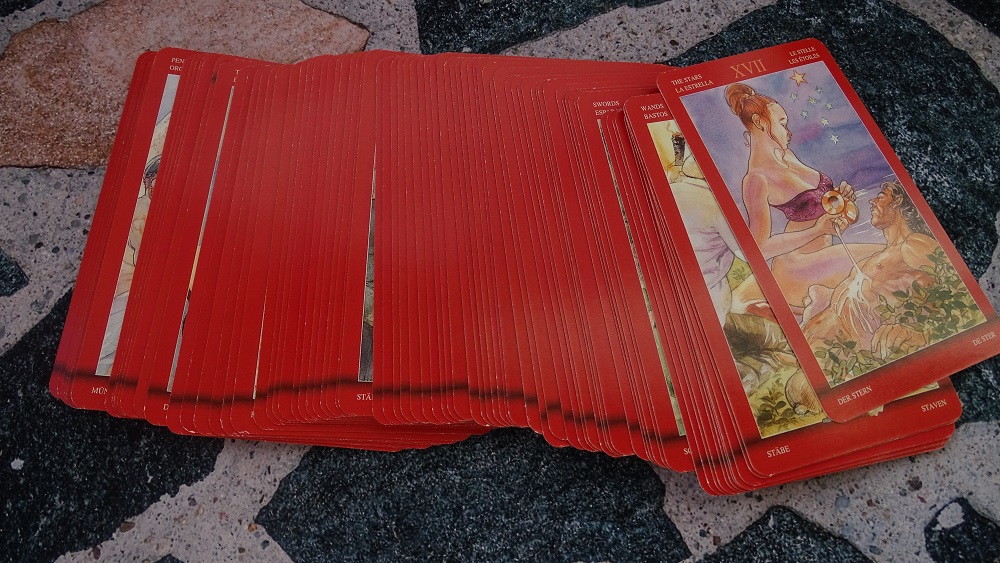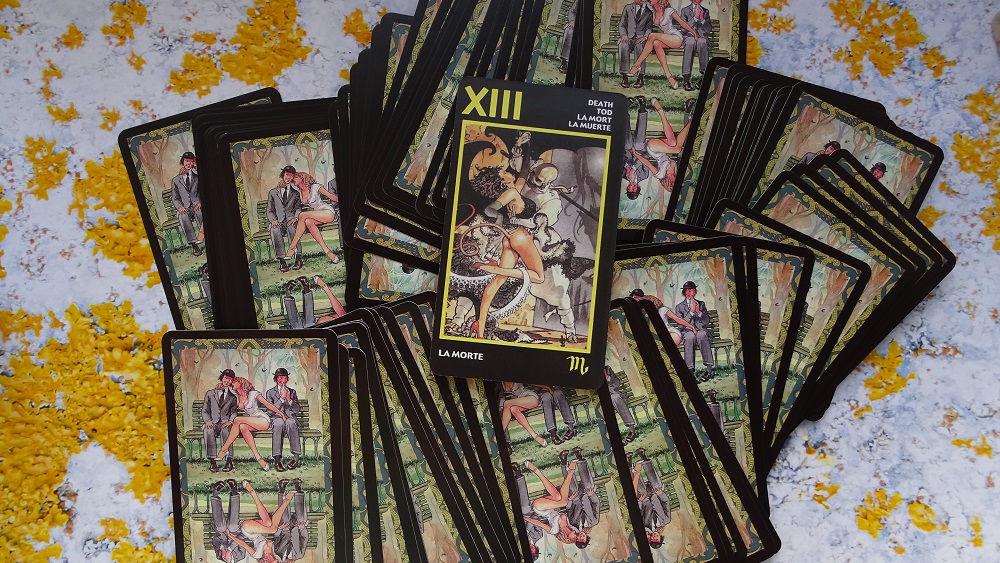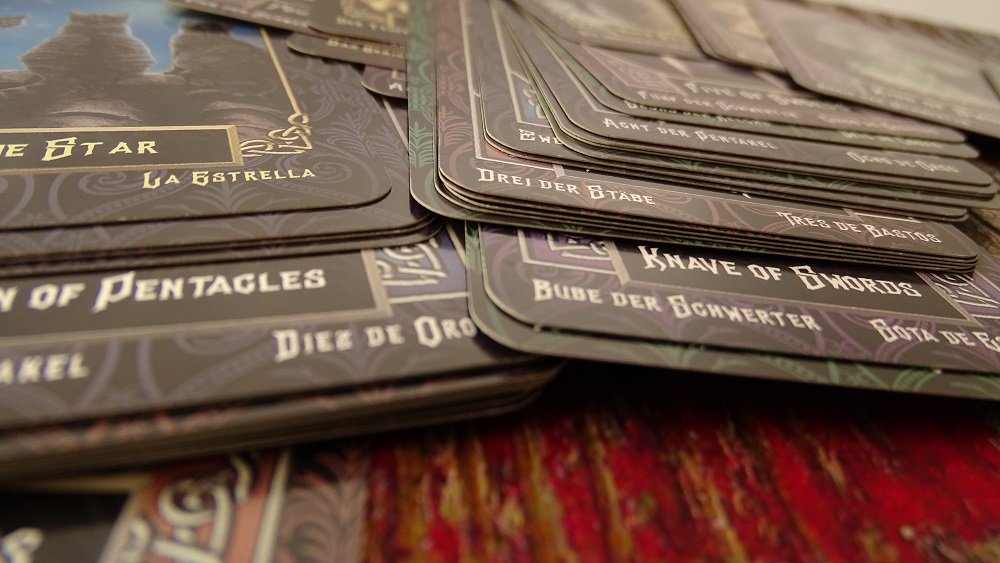What are archetypes cards in Tarot and what is their meaning?
So, in the process of studying Tarot cards and working them out at a deep level, we often come across concepts such as archetypes, shadow, mask and many others. I agree that these concepts are not entirely magical and related to the Tarot system, but with their help we we can understand much deeper symbolism and encrypted information.
In addition, understanding, at least in general terms, the archetype of your clients will help you skillfully build your prediction session.
An archetype is a mental structure through which the accumulated experience of people is manifested and transmitted. Or it can be described as a complex of psychological attitudes that form a set of unspoken rules. It is according to these canons, hidden in the unconscious, that this or that person lives.
The number of archetypes is infinite. Some of them are transcultural, others exist only in the collective unconscious of representatives of certain cultures or nations. The universal archetypes include the following:
Mask Archetype
It embodies the social in a person. People wear the Mask to meet society’s expectations. For example, when a greedy person pretends to be a philanthropist, he is under the influence of the discussed archetype.
The Shadow Archetype
This is the opposite of the Mask. Psychic energy goes into the Shadow, which a person displaces for the sake of society. For example, if an exemplary family man dreams of an affair with a neighbor or meets with his wife’s girlfriend, he is at the mercy of the Shadow.
Self Archetype
It is a central archetype in Jung’s analytical psychology. This is the true “I” of a person, on which he puts on the Mask in society. Imagine a CEO or politician who comes home, takes off his suit, tosses his tie somewhere, and turns on Smells Like Teen Spirit.
Mother Archetype
It embodies feminine and maternal motives: the desire to love, care, selflessly give, be kind. When an elderly woman sincerely tells a boy on a bus not to sit under an open window, the archetype under discussion manifests itself in her. There is a similar Father archetype.
There are also universal archetypes Warrior, Wizard, Creator, Fool, Ruler, Road, State and others.
In addition, there is a classification into male and female archetypes.
For example, I will give a few:
Princess. Carl Jung introduced it to the list of female archetypes first. This type of person is dependent on the opinions of others, tends to idealize the world around her, often shows interest in art. Juliet is a typical example of this archetype.
But this archetype also has a downside, often referred to as Mean Girl. Due to less luck, she is inclined to deny any authorities. She often has many partners, but is still waiting for his prince. At the same time, she loves to daydream.
Priestess.
Such a woman often resembles Mary Poppins. After talking with such a woman for at least an hour, you will never forget her. Priestesses embody in their character all the traits of true femininity: intuition, sensuality, gentleness and calmness. Everyone loves such women, even no matter how they look and the priestesses respond to the world in kind. The opposite of this image is the Witch. Such women are characterized by coldness, prudence, cruelty and the ability to seduce people in their own interests.
Huntress.
This woman seeks to make a career, not really caring about what is happening in her home. She loves and knows how to be ahead of men in everything. By nature, she is restrained and practical.
The negative side of this archetype is the Amazonian. Such women strive, by all means, to take a leading position. A feminist, she just loves to hurt men whom she invariably considers below herself.
The Hostess.
This is a homebody woman. She is hospitable, loves home and comfort. Literally radiates love and care, loves and knows how to listen.
The opposite in this case is the Terrible Mother. A typical example of such a mother is a hyper-caring Jewish mother or, on the contrary, a cold, indifferent mother. She loves everyone, will teach you always and of everything, and bringing her teaching to tyranny.
Thus, having understood the general picture of archetypality, we can freely transfer this concept to work with the Tarot system, determine the shadow of the card and its possible side. This is for discussion in another article.
Discover more from Esoteric Hut
Subscribe to get the latest posts sent to your email.




Absolutely good information for me. Thank you very much for your work.
You are Welcome.
Wonderful article. Lots of lively thought and no wateriness. Thank you! I added a lot for myself from your thoughts.
Interesting topic. You explain very clearly, thank you!
I’m interesting in more information about this…
Hi – I am relatively new to Tarot but am all in. I’m reading a number of good books but your site is the best one I’ve found so far. Really helping me with the Three of Swords right now but in general I think I can trust you b/c you don’t seem to be selling anything and the love, energy, and integrity I’m seeing all over your site is obvious. I would love to send you a few in appreciation, please let me know if you have a tip jar I’m not seeing yet. Thanks so much.
Hi Dave. Sorry for the late reply, I just started checking the comment backlog. I do not have a way to accept donations at this time, but thank you for offering them. I’m working on this site with the desire to share knowledge, and I’m glad that you found it useful.